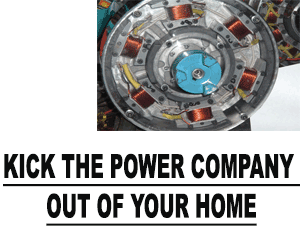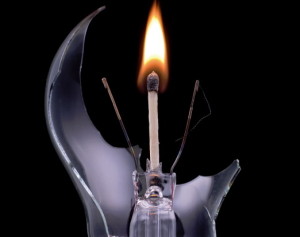Hope you’re all doing well and have started to think of solar energy as a viable and great change in your home. If your faith in alternative energy is still a little shaky, maybe a little history would help – it’s always useful to understand the history and ideas behind something you want to start using.
The solar thermal collector box was the first commercial use of solar technology. Well, this statement is actually open to interpretation, depending on how one classifies technology through time. For example, people have been using the energy from the sun for centuries to heat their homes, cook their food, harden their clay pots, and illuminate their environments. However, when it comes to using tools and technology to actually harness solar energy, the recorded history is rather new.
In the 1830’s, a British astronomer by the name of John Herschel was the first person to use a solar collector box. A solar collector box was a relatively simple unit that used sunlight to collect heat. Using only the collected heat, Herschel was able to cook his food while on an expedition through Africa.
There are two ways to turn solar energy into electricity. Today, in addition to using solar energy for heat and other applications, many consumers use solar energy to generate electricity. Electricity is one of the most common energy-transfer systems throughout the world, as it can be used to power common devices that are used in the home and in offices.
The two ways to turn solar power in to electricity are: solar cells and solar power plants. Here’s an overview of each:
Solar cells—which are also called photovoltaic (PV) devices—are individual cells that are laid out together on a solar panel. Solar panels are grouped together to form a complete solar array. Based on electricity requirements, a facility may require many solar panels or just a few solar panels. Solar panels are used to collect solar power and facilitate the use of solar power. Collected solar power is transmitted to a solar inverter or battery, which can then be directly connected to an electrical device for use.
Concentrating solar power plants are large-scale solar energy production facilities. These facilities capture heat from the sun through solar thermal collectors. They then use that heat to create steam. That steam is used to generate power. There are 11 solar power plants in the U.S., nine of which are in California.
Solar power is impacted by environmental conditions. The environment directly impacts solar technologies and their ability to produce consumable power. For example, solar power may not be as readily available on stormy days. Also, in some locations in the world that have limited sunlight for certain months of the year, solar powered technologies may not receive enough energy to operate efficiently. Therefore, each solar technology solution should be customized in a location based on the environmental conditions of a certain location.
As you learn more about solar power technologies, chances are good that you will discover some small-scale solar power solutions that will be easy for you to implement into your home or office today. Take a look around and start making a list of all of the solar technology solutions that may be perfect for your needs, budget, and long-term energy consumption.
Now, for next time, I stole some more great ideas from my alternative energy guru neighbor, Bob, on how to save money and resources by going green which I cannot wait to share with you!



No comments yet... Be the first to leave a reply!